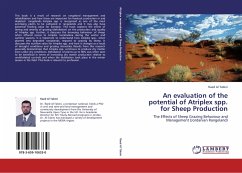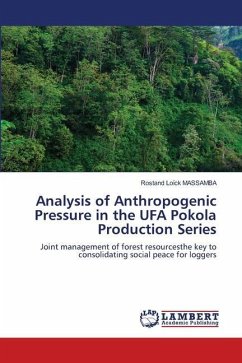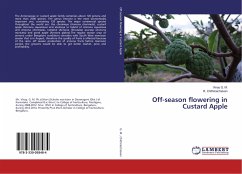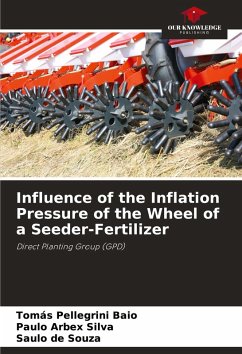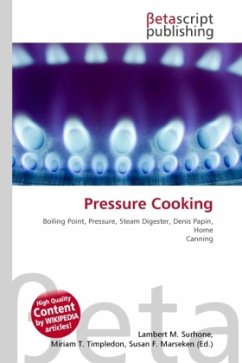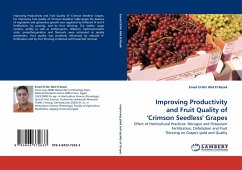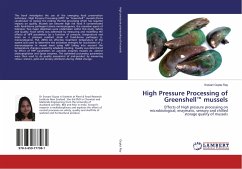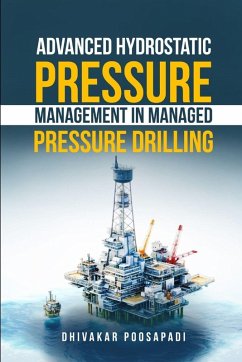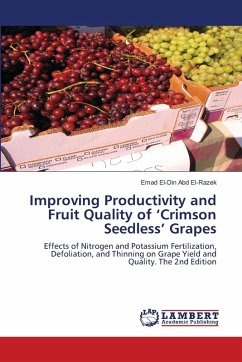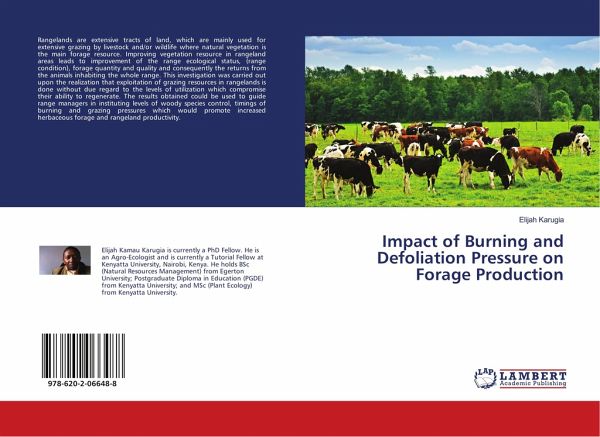
Impact of Burning and Defoliation Pressure on Forage Production
Versandkostenfrei!
Versandfertig in 1-2 Wochen
33,99 €
inkl. MwSt.

PAYBACK Punkte
17 °P sammeln!
Rangelands are extensive tracts of land, which are mainly used for extensive grazing by livestock and/or wildlife where natural vegetation is the main forage resource. Improving vegetation resource in rangeland areas leads to improvement of the range ecological status, (range condition), forage quantity and quality and consequently the returns from the animals inhabiting the whole range. This investigation was carried out upon the realization that exploitation of grazing resources in rangelands is done without due regard to the levels of utilization which compromise their ability to regenerate...
Rangelands are extensive tracts of land, which are mainly used for extensive grazing by livestock and/or wildlife where natural vegetation is the main forage resource. Improving vegetation resource in rangeland areas leads to improvement of the range ecological status, (range condition), forage quantity and quality and consequently the returns from the animals inhabiting the whole range. This investigation was carried out upon the realization that exploitation of grazing resources in rangelands is done without due regard to the levels of utilization which compromise their ability to regenerate. The results obtained could be used to guide range managers in instituting levels of woody species control, timings of burning and grazing pressures which would promote increased herbaceous forage and rangeland productivity.



